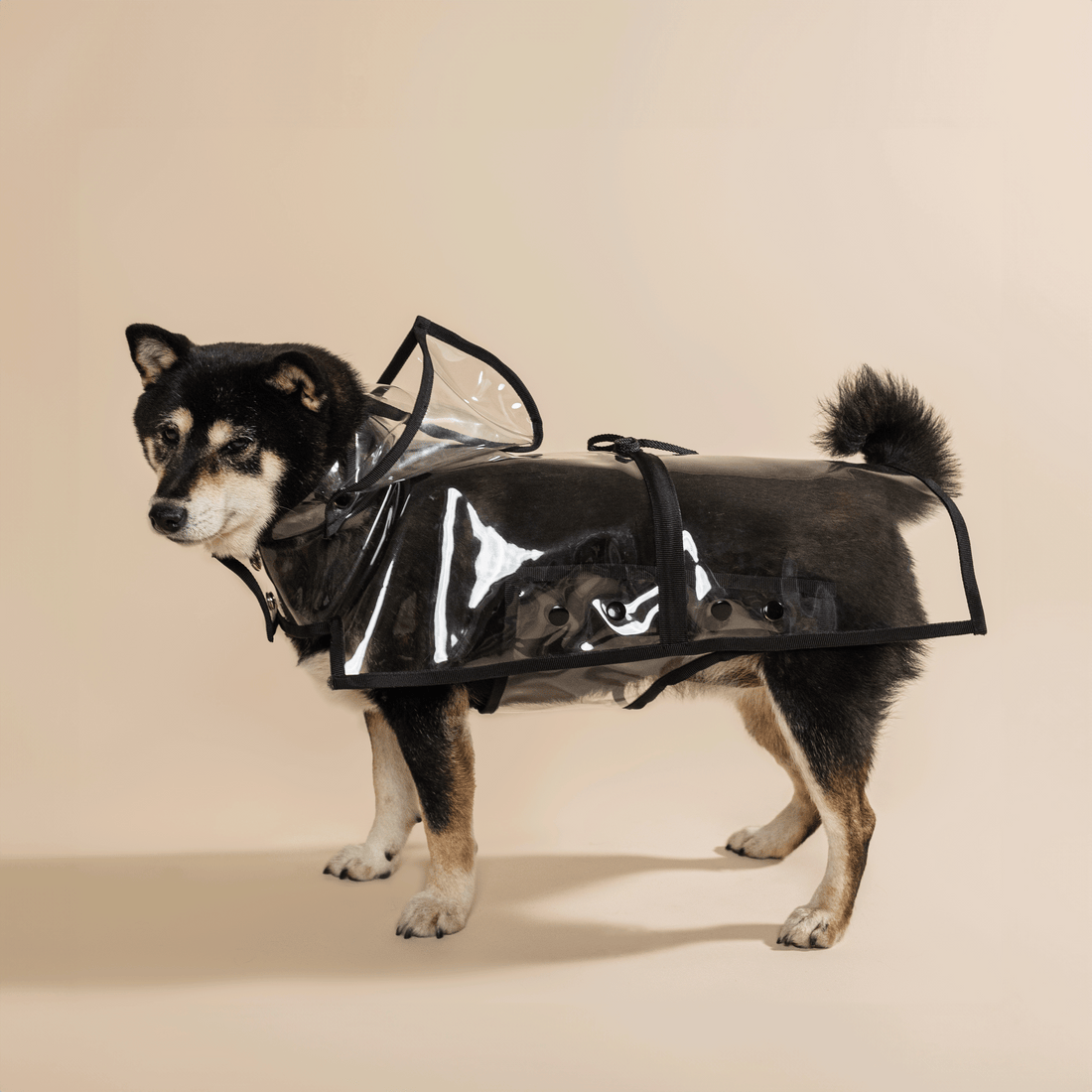Many owners are surprised to learn that buying your dog clothes is not just a fashion statement or a fun idea, but also has a scientific basis.
Weather factors
The first factor to consider is the weather. In cold weather, some dog breeds (such as short-haired, small-bodied, or low-fat breeds) are less able to maintain their body temperature effectively. In rain and snow, waterproof or thermally insulated clothing can protect your dog from the elements, keeping their fur and skin dry and reducing the risk of illness. Proper clothing can help prevent them from getting cold. In hot weather, special cooling clothing can help prevent overheating, especially for breeds that have difficulty tolerating heat (such as pugs or bulldogs). Some dogs, especially light-haired or hairless breeds, are sensitive to UV rays. A light layer of clothing can help prevent sunburn.
Skin protection
In addition, in order to protect our dogs, we must pay attention to the skin and coat protection of our pets. Dog clothing plays an important role in preventing injuries. It can protect the skin from scratches, injuries or insect bites. This is especially important for dogs with sensitive skin. In special cases, in allergic or sensitive dogs, certain substances, plants or chemicals can irritate the skin of dogs. Clothing can provide physical protection. In addition, after surgery or in the case of skin injuries, clothing prevents the dog from licking or biting the affected area, helping healing and preventing infections.
Special factors
Older or immune-compromised dogs are less able to adapt to extreme weather conditions, so protection may be especially important for them. And for pets who are prone to anxiety, certain special "calming vests" (e.g. compression clothing) have been proven to reduce stress, for example in cases of storm phobia or travel anxiety.
Evolutionary and environmental reasons
Not all dog breeds evolved in environments that are suitable for their geographic region. For example, breeds designed for tropical climates (e.g. Chihuahuas) do not have the appropriate coat to withstand colder climates. Human breeding has also contributed to differences in coat color, so certain breeds (e.g. hairless dogs) may be particularly in need of protection.
Dog clothing is therefore extremely useful in many ways, making our pets' lives significantly easier and more comfortable. Its wear should always be adapted to the needs of the particular dog. And the fashionable appearance and immense cuteness are a nice plus in gray everyday life.
Scientific research
Thermoregulation in dogs: A 2012 study in the Journal of Thermal Biology discusses how dogs' thermoregulation depends on their constitution and coat type. Breeds with thin or short coats are more sensitive to cold weather, which may warrant clothing.
UV radiation and dog skin: A 2015 study in Acta Veterinaria Scandinavica found that light-coated or hairless dogs are at higher risk of skin damage from UV radiation.
"Canine Ergonomics: The Science of Working Dogs": This book provides a detailed look at the physiological and psychological needs of dogs, including the effects of thermoregulation and clothing.
"Dog Behavior, Evolution, and Cognition" (Ádám Miklósi): A scientific book on the development and adaptation of dogs, which addresses the issue of environmental adaptation, including the relationship between coat and weather conditions.

